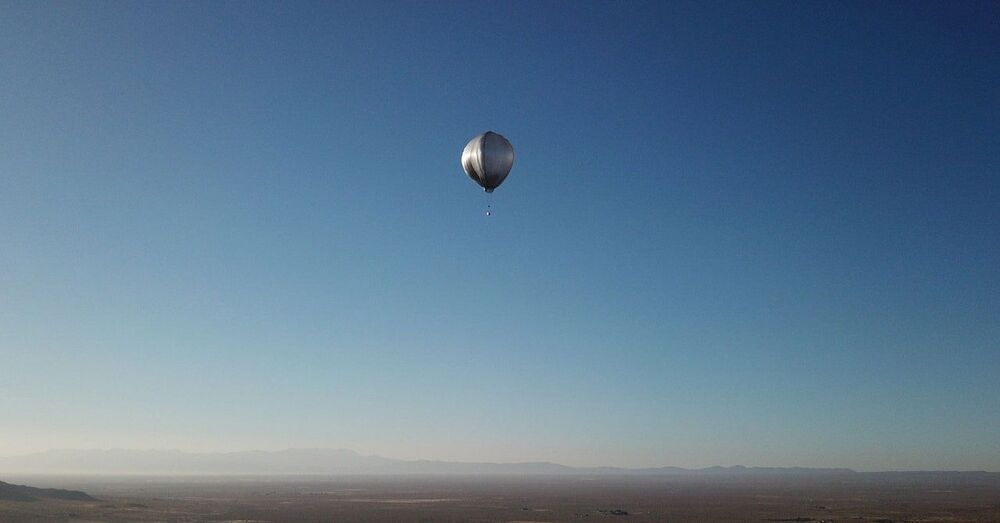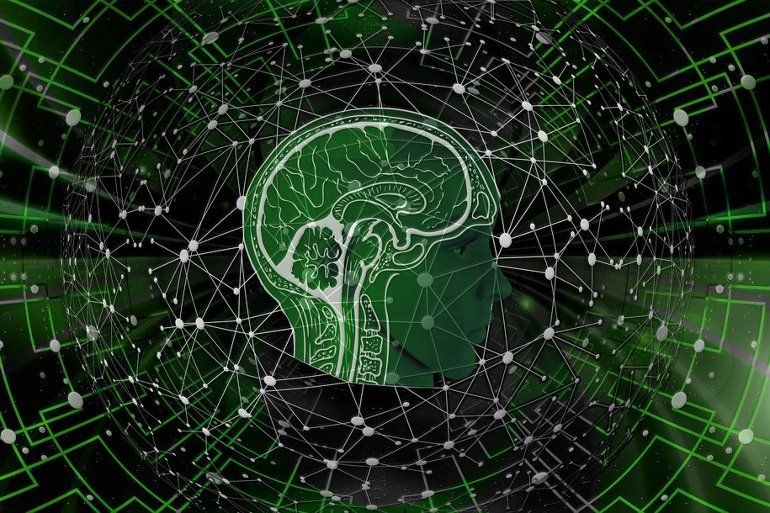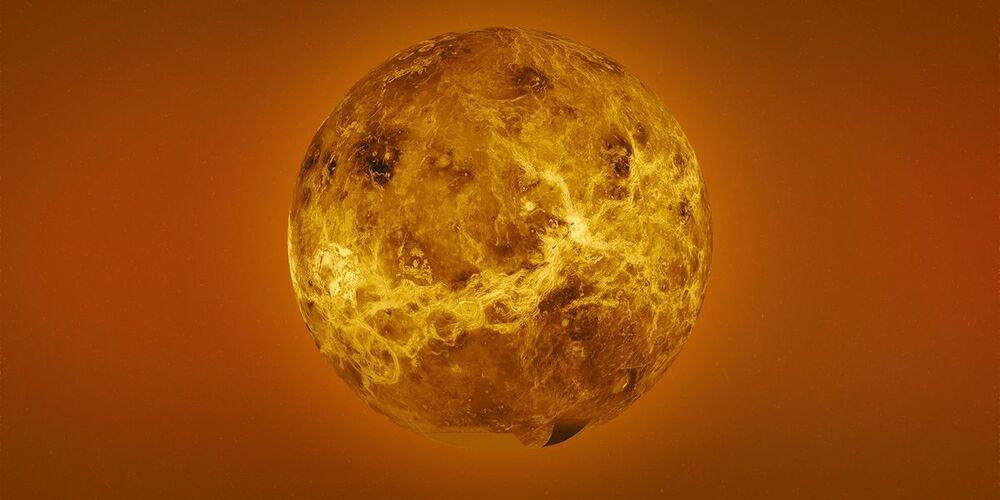Researchers recently tested whether a balloon-borne sensor could listen for venusquakes to learn about the planet’s makeup.


You can get 50% off your first month of ANY crate by going to http://kiwico.com/Integza50.
Follow me on Instagram: https://www.instagram.com/integzaa/
Tree Killer: @I did a thing.
Virtual Foundry.
Getting Started Bundle: https://bit.ly/3BYEF1h.
Printing and sintering instructions: https://bit.ly/3iauNtl.
General shop: https://bit.ly/3ye5PPt.
Ruby Nozzle: https://olssonruby.com/
Aerospike Nozzle & Printing Profile: https://www.thingiverse.com/thing:4920475
#rocket #aerospike #3dprinting

Summary: Blood tests revealed specific epigenetic biomarkers for schizophrenia. Researchers applied machine learning to analyze the CoRSIVs region of the human genome to identify the schizophrenia biomarkers. Testing the model with an independent data set revealed the AI technology can detect schizophrenia with 80% accuracy.
Source: Baylor College of Medicine.
An innovative strategy that analyzes a region of the genome offers the possibility of early diagnosis of schizophrenia, reports a team led by researchers at Baylor College of Medicine. The strategy applied a machine learning algorithm called SPLS-DA to analyze specific regions of the human genome called CoRSIVs, hoping to reveal epigenetic markers for the condition.
Private sector solutions to major social problems — stephanie smith — director, humanitarian & development, mastercard.
Stephanie Smith is a Director, in the Humanitarian & Development group, at Mastercard (https://www.mastercard.us), the American multinational financial services corporation.
Stephanie is responsible for operations of the Humanitarian & Development group at Mastercard, and ensuring the team’s efficient, consistent, and effective delivery against their vision to provide digital tools and access for education, health, commerce, and other critical services for marginalized individuals and communities. The Humanitarian & Development group is focused on driving commercially sustainable social impact in collaboration with governments, NGOs, and other private sector companies.
After graduating from Oxford University, Stephanie began her professional career at a rapidly growing technology company, Applied Predictive Technologies / APT (acquired by Mastercard) delivering analytics software and consulting engagements to Fortune 500s.
Stephanie is particularly passionate about diversity & inclusion and solving social problems, and has experience delivering projects and technologies that drive a lasting social impact.

Jeep and Dodge are putting a much bigger focus on electrification now that they’re part of the Stellantis group. Jeep plans to release its first series-produced electric vehicle in 2023, and Dodge said its first plug-in hybrid will land in 2022.
Both models appeared on a product roadmap that Stellantis distributed to investors this month. It focuses on electrified vehicles, so it doesn’t list the upcoming non-electrified launches, and it sheds light on what the future has in store for all of the carmaker’s brands. Specific details like the type of car planned weren’t publicly released, so there’s no official word on what Jeep’s first EV will look like, but our crystal ball reveals two likely possibilities.
One is a production version of the Magneto concept (pictured) introduced earlier in 2021. It’s essentially a current-generation Wrangler powered by an electric motor that spins the four wheels via a six-speed manual transmission and a two-speed transfer case. It’s futuristic but not unrealistic, so we wouldn’t be surprised to see it reach showrooms in the coming years. However, another possibility is that Jeep could build a smaller, likely car-derived EV to sell on the European market, where emissions norms are extraordinary strict and the fines for exceeding them are immense. If that’s the case, the model would likely borrow parts from the Stellantis parts bin.
Initial reports said the space station spun 45 degrees. The actual figure is far scarier.
The jewels of the microbial world, when seen with new nano-scale imaging techniques, look like little modernist cathedrals.


Polymer semiconductors—materials that have been made soft and stretchy but still able to conduct electricity—hold promise for future electronics that can be integrated within the body, including disease detectors and health monitors.
Yet until now, scientists and engineers have been unable to give these polymers certain advanced features, like the ability to sense biochemicals, without disrupting their functionality altogether.
Researchers at the Pritzker School of Molecular Engineering (PME) have developed a new strategy to overcome that limitation. Called “click-to-polymer” or CLIP, this approach uses a chemical reaction to attach new functional units onto polymer semiconductors.

The skies of Venus may contain signatures of alien life, according to scientists at the Massachusetts Institute of Technology.
In the search for alien life, the second planet from our Sun has long been ignored. It’s easy to see why: the Venusian surface reaches temperatures exceeding 800 degrees Fahrenheit; its dense atmosphere applies nearly 100 times more pressure to objects than Earth’s atmosphere; and the planet rains sulfuric acid, a corrosive chemical that causes severe burns to humans.
As such, most scientists have focused on finding signs of ancient alien life on Mars, or current life on moons like Europa or Enceladus. But Earth’s closest neighbor might have been the place to look all along.